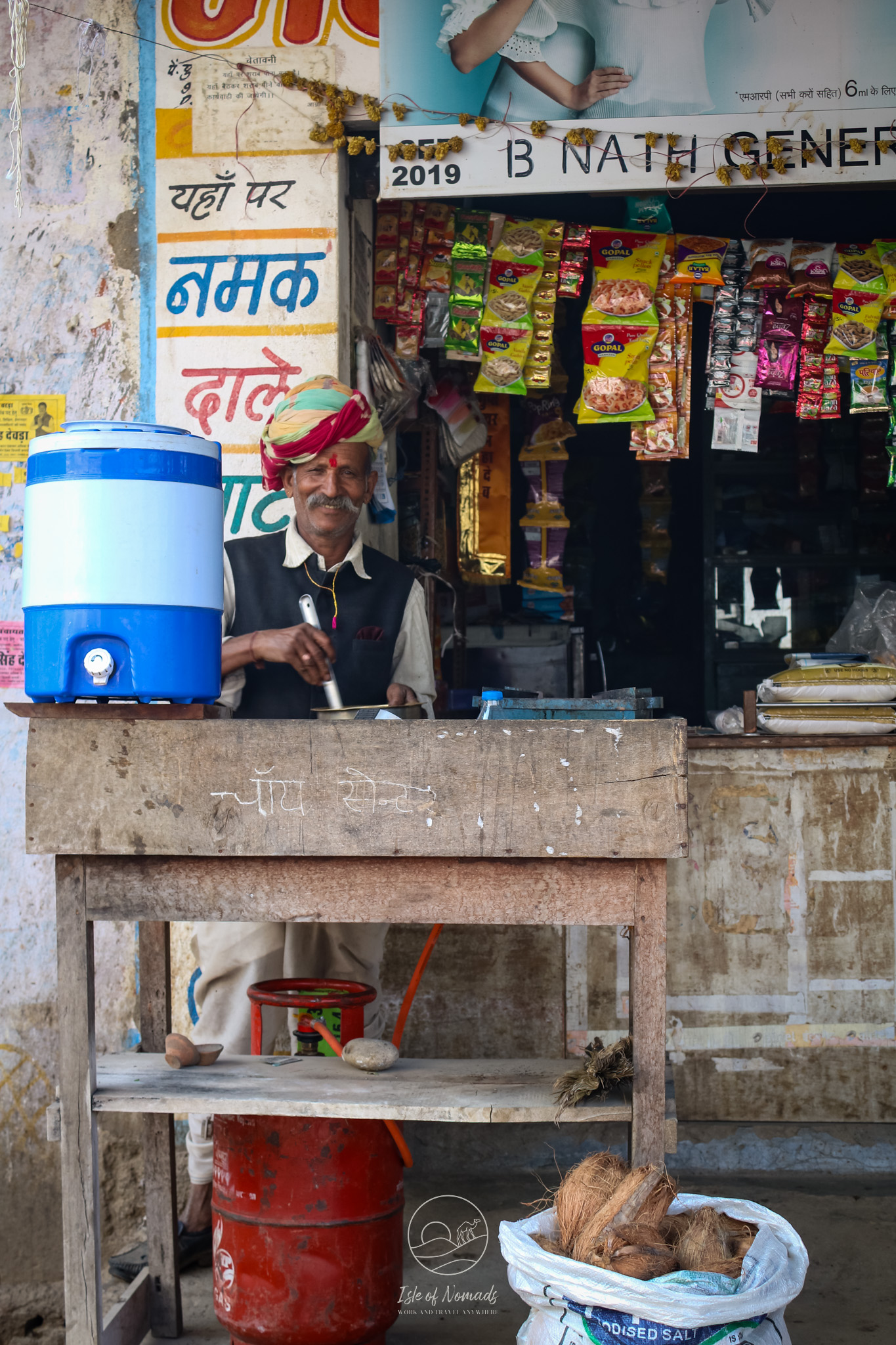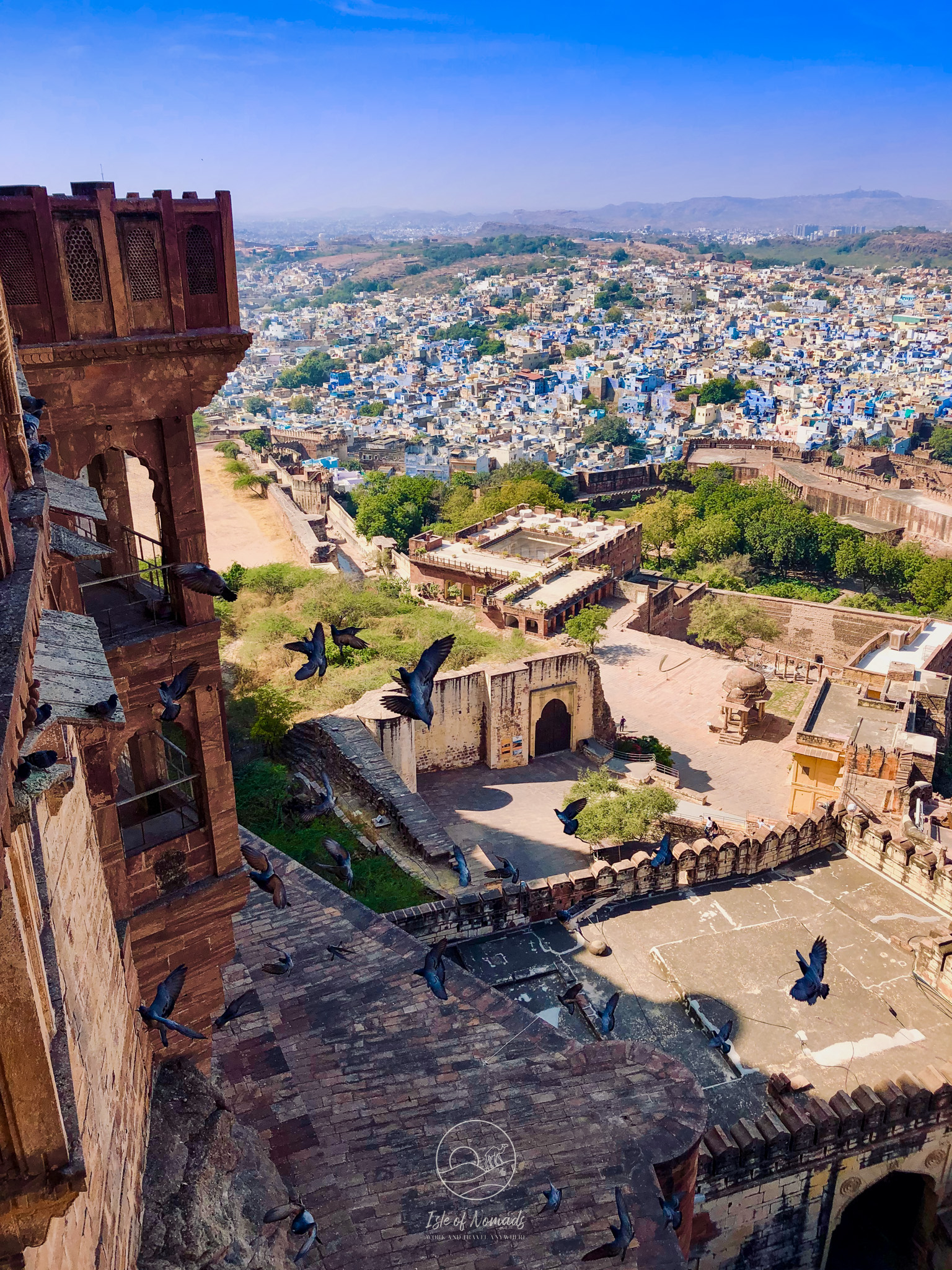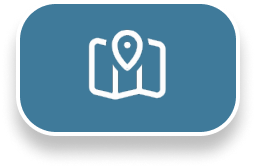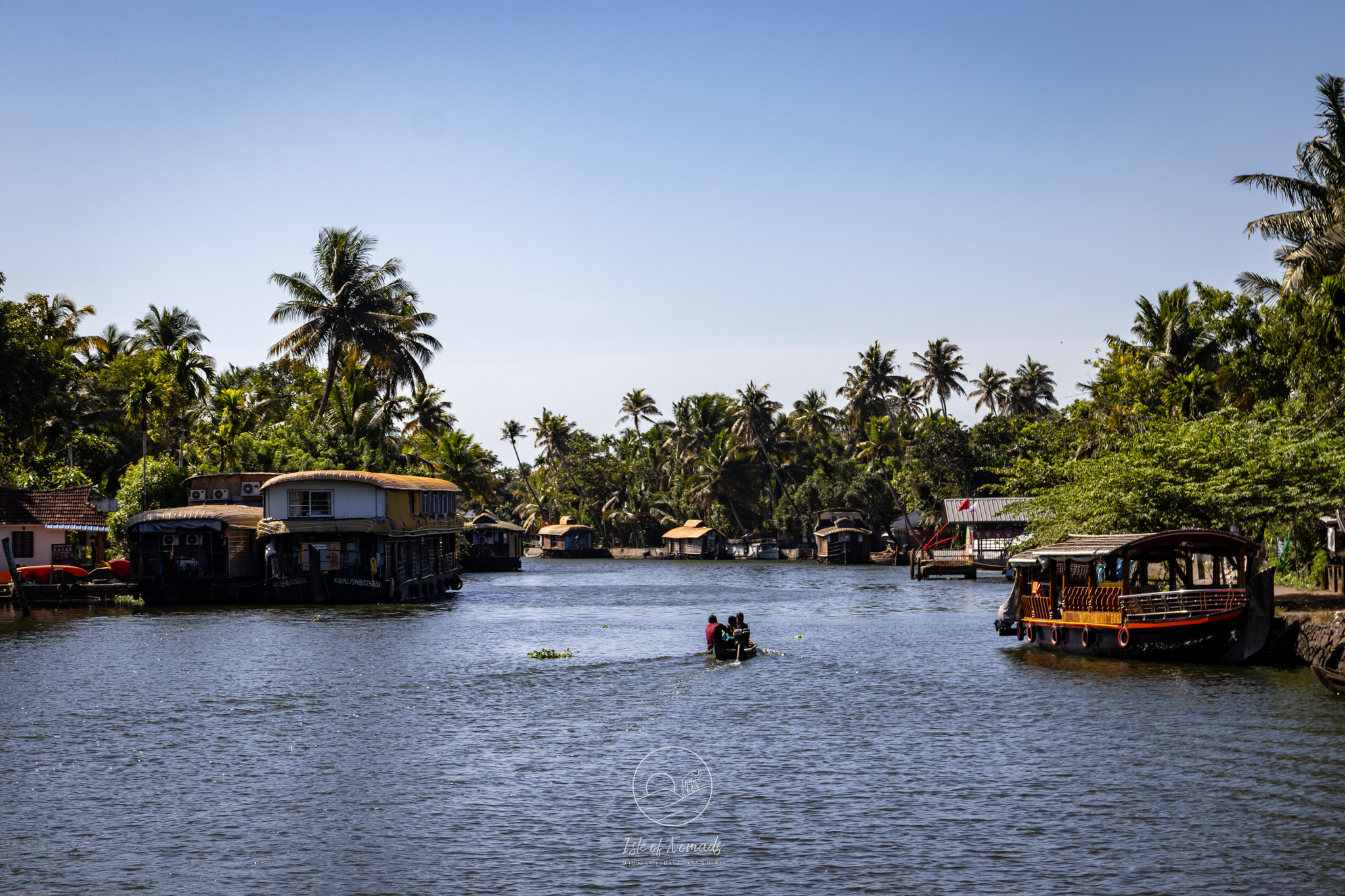India
Best time to travel
Nomad Score
Currency
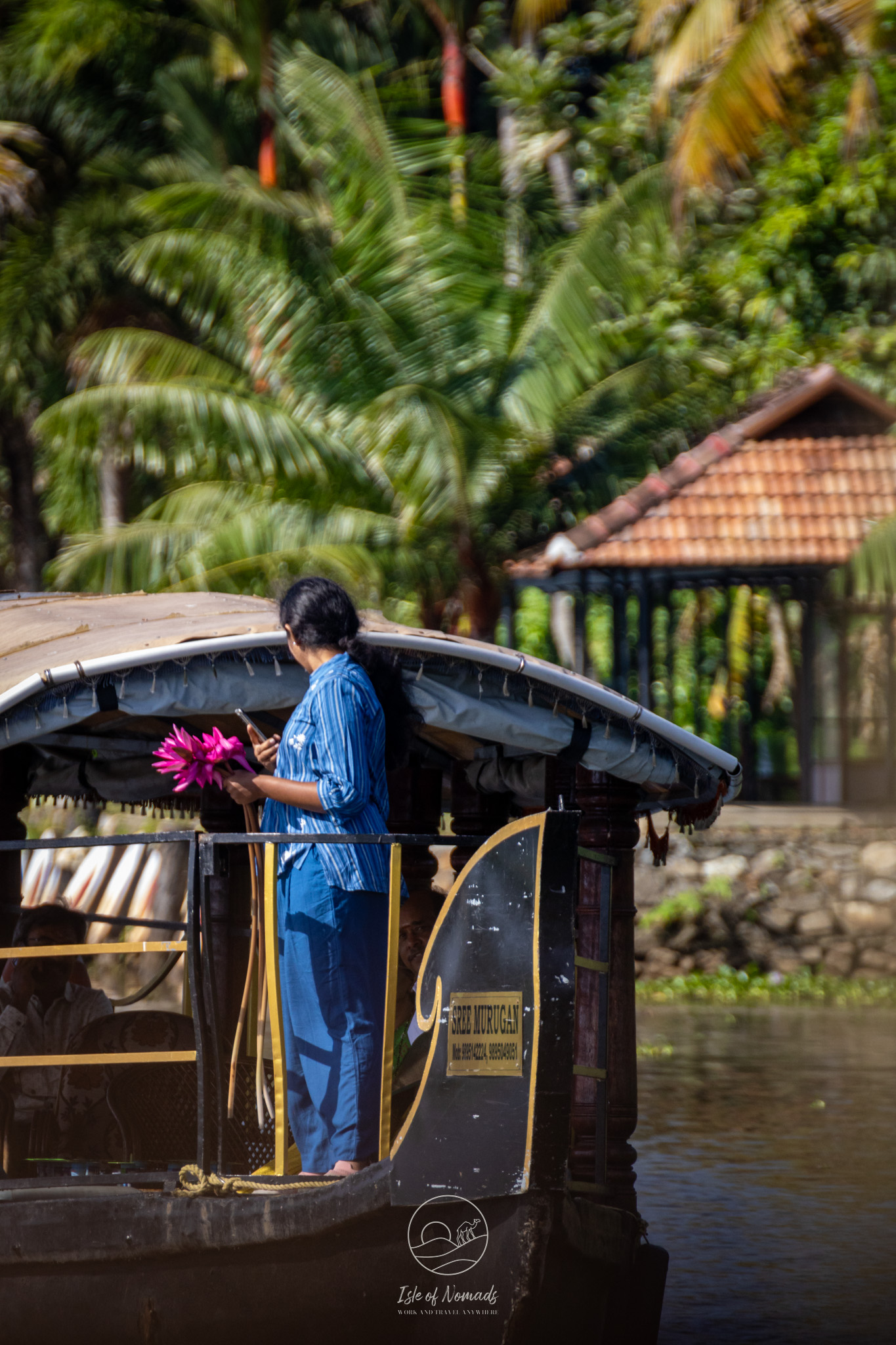
What to expect
What is the best time to travel to India?
The best time to visit India varies significantly by region. Generally, October to March offers pleasant weather for most of the country, with cooler temperatures and minimal rainfall. Hill stations like Shimla and Darjeeling are perfect during summer months (April to June) when plains experience intense heat. The monsoon season (July to September) brings lush landscapes to the Western Ghats and can be magical in Kerala and Goa, though travel can be challenging in some areas.

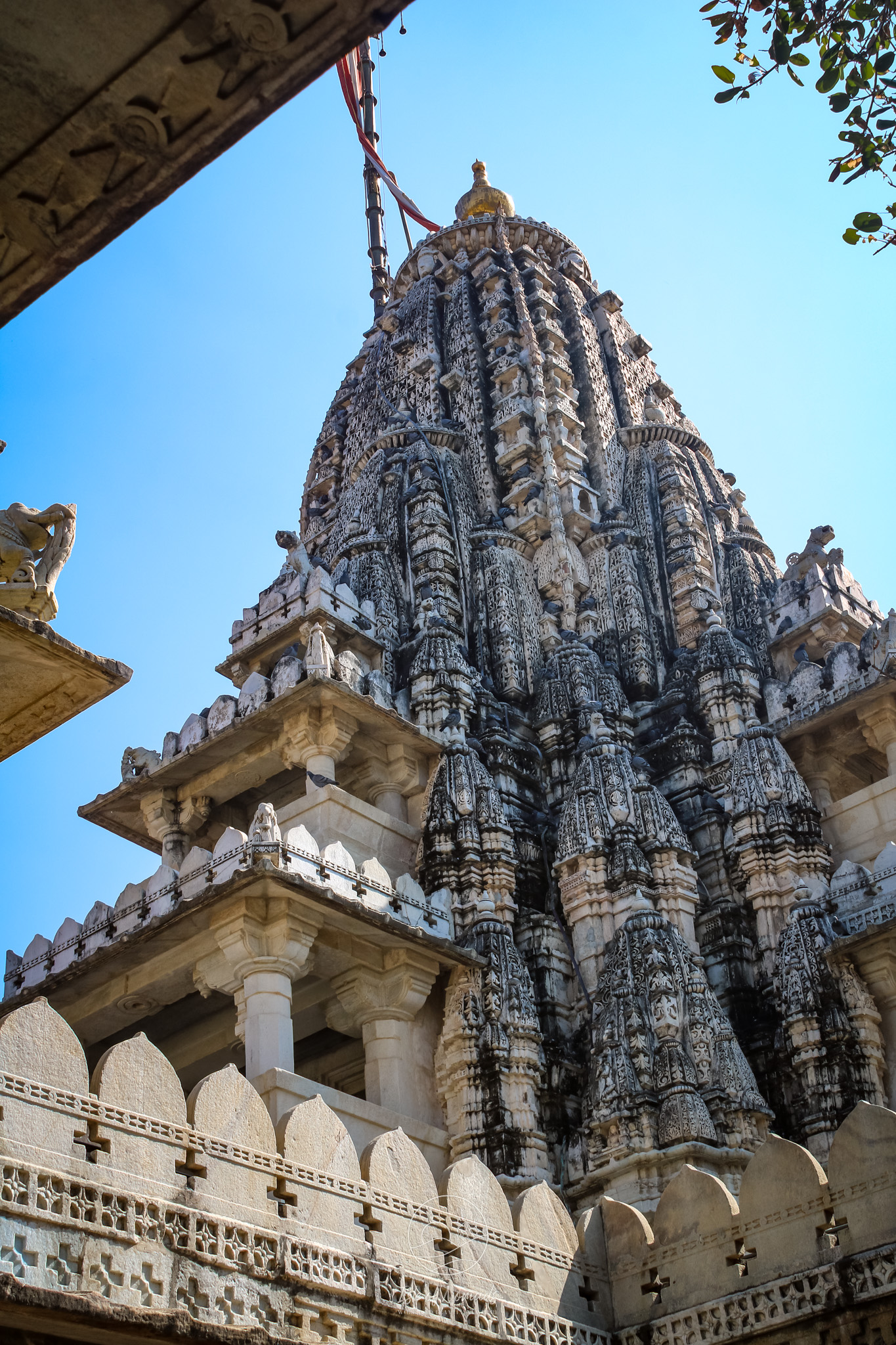

Nomad Score:
India scores a 7/10 for digital nomads. Cities like Bangalore, Mumbai, Delhi, and Pune offer excellent internet infrastructure, numerous co-working spaces, and vibrant tech communities. Goa and Rishikesh have become popular nomad hubs with reliable connectivity and lower costs of living. However, internet speeds and reliability can vary dramatically between urban and rural areas. The low cost of living, diverse experiences, and growing startup ecosystem make India increasingly attractive for remote workers.
Language:
Hindi and English are the official languages of India, with English widely spoken in urban areas, business settings, and tourist destinations. However, India has 22 official languages and hundreds of dialects. Learning basic Hindi phrases will enhance your experience, though English will generally suffice for most travel needs. Regional languages like Tamil, Bengali, or Marathi dominate in their respective states.
Currency and ATMs:
The currency is the Indian Rupee (INR). ATMs are ubiquitous in cities and towns, though they can be scarce in very remote areas. Most accept international cards, but notify your bank before traveling. Cash remains king for street food, local transport, and small vendors. Many restaurants, hotels, and shops accept credit cards, and digital payments like UPI are increasingly common, though having cash backup is essential.
Safety:
India is generally safe for travelers, though it requires more awareness than some destinations. Petty crime like pickpocketing can occur in crowded areas and tourist hotspots. Solo female travelers should take extra precautions, especially at night. Food and water safety requires attention - stick to bottled water and be cautious with street food initially. Traffic can be chaotic, so exercise caution when crossing streets. Scams targeting tourists exist, so remain vigilant with unsolicited offers and overly friendly strangers.
